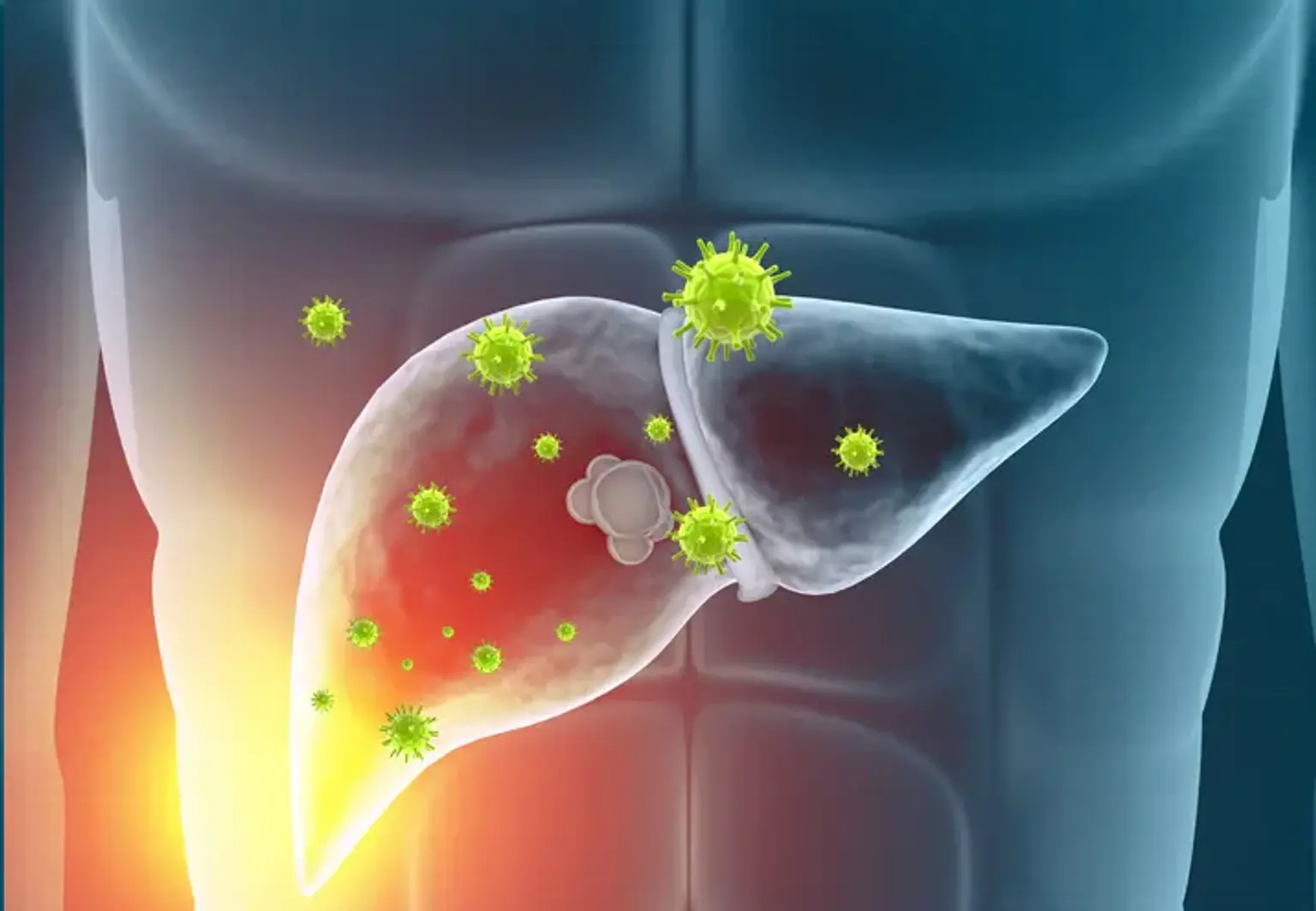Hepatitis (A/B/C)
Overview
Hepatitis is described as liver inflammation caused by a range of factors such as excessive alcohol use, autoimmune disease, medications, or pollutants. However, the most common cause of hepatitis is a viral infection, which is known as viral hepatitis.
Hepatitis A, B, and C are the most frequent kinds of viral hepatitis in the United States. Hepatitis D and E are the two kinds of viral hepatitis that are less common. The severity of hepatitis can range from moderate and self-limiting to severe sickness needing liver replacement, depending on the cause.
